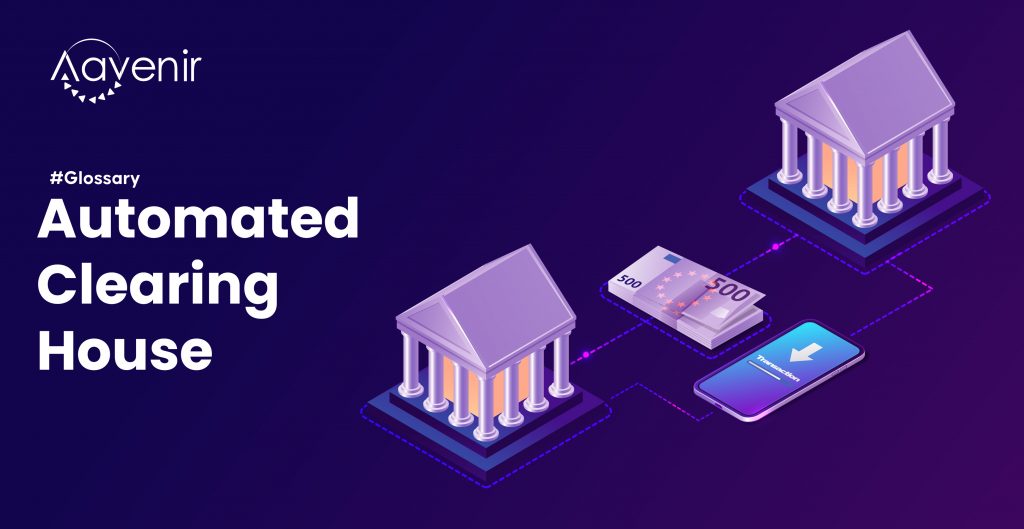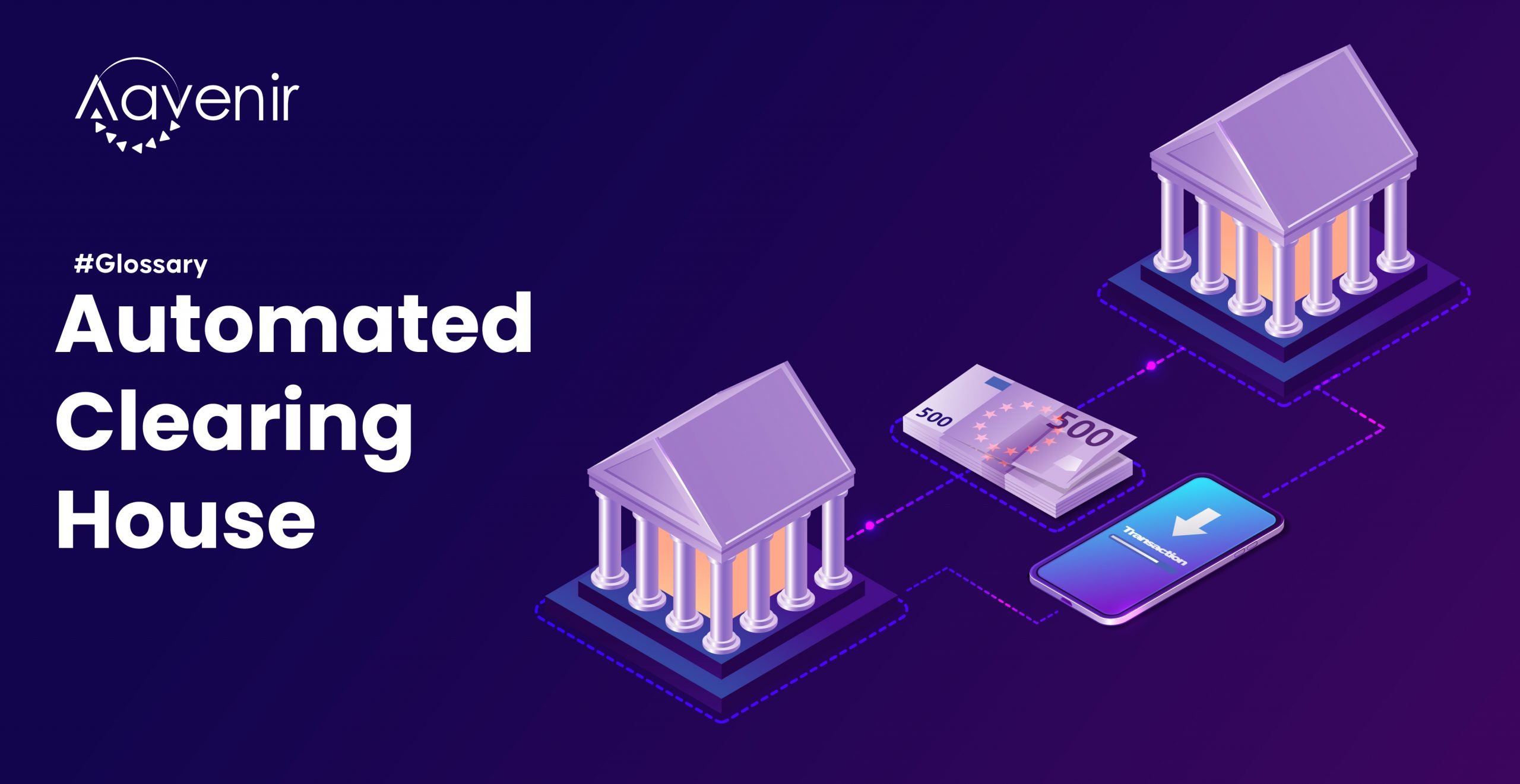What is the Automated Clearing House (ACH)?
An ACH transfer is a simple way to transfer money without using credit cards, checks, or other methods.

You’ve probably seen those three letters, ACH, while banking and wondered what they mean: ACH transfers are electronic transfers of funds from one bank account to another.
The National Automated Clearing House Association (NACHA) manages the Automated Clearing House (ACH). It is a system that uses EFTs (electronic fund transfers) to facilitate electronic payments in the United States. The ACH Network serves as a financial hub, assisting individuals and businesses in moving funds from one bank account to another.
ACH Transfers – How it works
Any interbank, digital money transfer processed through the Automated Clearing House Network is referred to as an ACH transfer. They are usually sent in batches and are free to receive.
Previously, the process could take several days, but new NACHA rules allow for same-day processing in most scenarios. They are mainly used for recurring payments or to eliminate the need for paper checks.
ACH transfers are known by various names, including ACH transactions, direct deposits, ACH payments, ACH debits, and ACH credit transfers. Most of it refers to the same digital process: sending and receiving money electronically.
Typical Examples of credit ACH transfers are:
- Social Security Benefits Payment
- Tax Refunds
- Direct Deposits of employee’s Salaries
Typical Examples of debit ACH transfers are:
- Utility bill payments
- Mortgage Payments
- B2B Payments
Benefits of ACH Transfers
So, now that you know what ACH transactions are and why they are highly popular, let us take a closer look at how they can help you with your everyday finances.
• Speed: – ACH is quick and saves you time from running around with checks and other paperwork. People who are paid via direct deposit do not have to go to the bank to deposit their checks.
It is quite convenient if they work remotely, are on vacation, or are otherwise out of town on payday. The transfers are usually completed in a single day, it is understood that the transactions are quick.
• Convenience. Having mortgage payments, utility bills, and other payments deducted automatically from a bank account can be very convenient. Alternatively, you could send money to someone using a peer-to-peer (P2P) service as well.
As previously stated, ACH payments eliminate the need to visit a financial institution to pay bills or write a paper check and mail it in. And, even when things get hectic, as long as there is enough money in the account to cover the bills, there is no need to remember to make the payment. It also eliminates the need to purchase stamps for bill payments.
• Low cost. ACH transfers are generally free of charge. An exception could be when a financial institution charges a small fee to transfer funds to another bank. However, in many cases, an automated payment will save you money. For example, if you set up an automatic ACH funds transfer for your payments, a bank may offer a cheaper rate on a mortgage loan or student loan.
Limitation of ACH Transfers
• Transaction limits. The amount of money you can send via ACH transfer in a given time may be limited by banks, or some may refuse international ACH transfers.
• Penalties for too many transactions. You may be penalized if you make ACH payments from a savings account that limits how many withdrawals you can make per month. For example, your bank may convert your savings account to a checking account. Since the start of the COVID-19 pandemic, these rules have been suspended to a large extent.
Conclusion
ACH transfers are a convenient and low-cost method of sending and receiving funds and payments. They are incredibly dependable and inexpensive but can be slower than other transfer options.
Businesses can weigh the advantages and disadvantages of each type of transfer option to determine whether ACH transfers, wire transfers, checks, or other options are better suited to their specific requirements.



